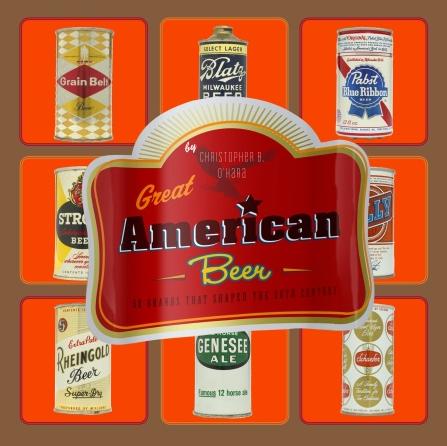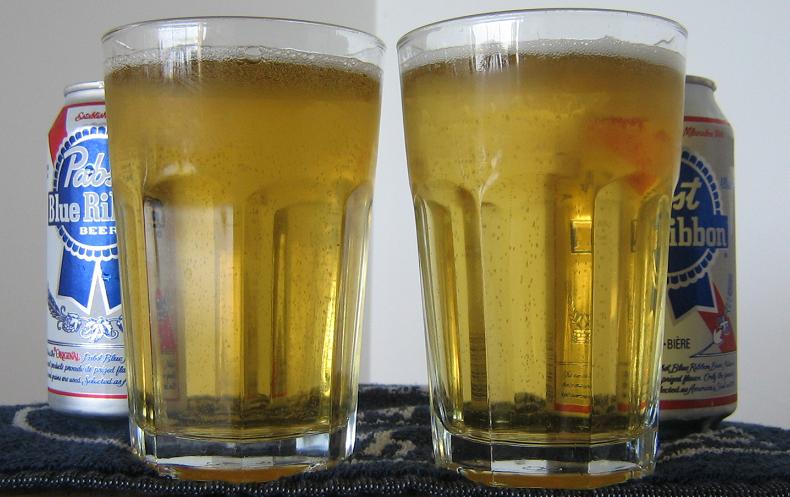This is a handy neat smaller format hardcover that the publisher was kind enough to FedEx me this week. And I am glad they did as this is a dandy guide to its exact topic: post WWII, pre-micro revolution pre-branding US beer. The author gladly admits this in the introduction:
The antithesis of the recent microbrewery revolution in America, this was a time when the major beer powerhouses took control of the brewing industry and, in the grand spirit of American industry, relentlessly quashed the small, independent producers that relied upon local support. This story is about the Americanization of beer, where homogenized brands – grown through a mixture of political clout, industrialization, and marketing might – became the best loved, and most heavily consumed beer brands in the world.
This is an unapologetic book in a time of review and perhaps revision. As Ken Wells discussed in Travels With Barley, despite all the efforts and successes in the craft brewing revival, this is a continent of lovers of beer-flavoured water making that still the primary cultural phenonmena to be grappled with when considering beer.
This book tells the story not so much of how that occured as who was involved. And it does so with style and wit. It is a primarily a series of fifty 500 to 200 word essays on the individual brands that made up the wave of oneness that is macrobrewing, from Bud to Blatz to Utica Club. Because this is as much pre-brand as pre-craft, there are no discussions of those “Bud Draft Dry Light Ice” sorts of beers that popped their heads up starting in the late 1970s – the word Light…or rather Lite…does not appear in the table of contents. This is a book that argues for a golden age and makes a pretty good argument for it. Even with the eighteen page history, this is not academic tome or a deep dive into the culture but, as you can expect, that could be an issue which, once raised, might be legitimately greeted with a shout of “academic, schmacademic.”
The book heavily relies upon images of the collection of beer stuff collector Erik Amundson, which you can see at the web site www.taverntrove.com. This is good and well handled as the advertising, packaging and other flotsom and jetsom of the brewers played such a huge role in differentiating a homogenized product. It is presented attractively along with well-written, informative text providing a book for the beer fan not scared to be presented with the phrases like “trendy imports” and “craft snobbery”. I’d say get it.





